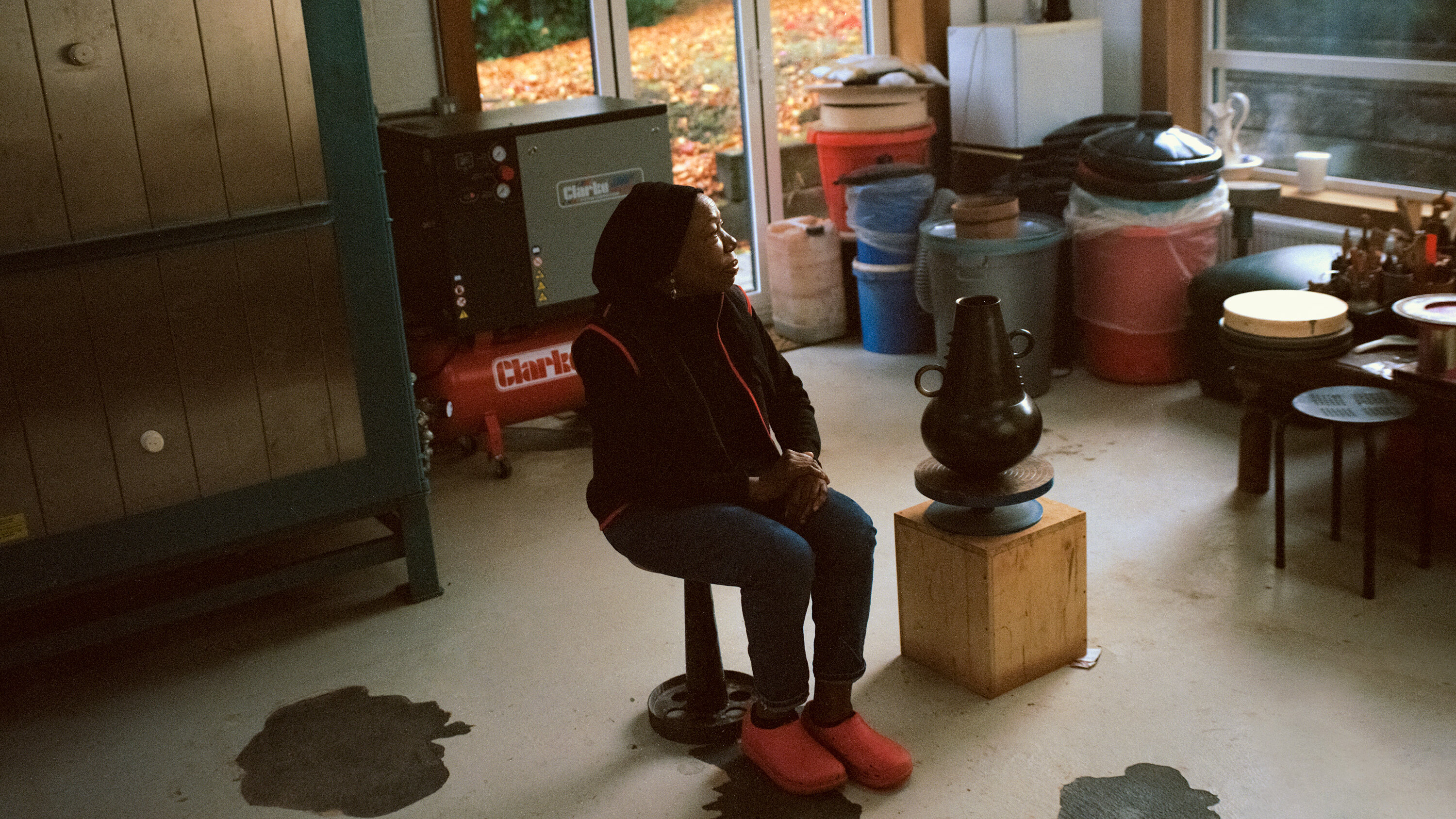Home / Arts and Entertainment / Artist's Body as Clay: Odundo's Form & Space
Artist's Body as Clay: Odundo's Form & Space
19 Nov
Summary
- Odundo finds inspiration in human structure and natural forms.
- Her vessels mimic bodily contours and celebrate asymmetry.
- She shapes clay by hand, drawing from Nigerian and ancient Greek traditions.

Magdalene Odundo, a celebrated British Kenyan artist, crafts evocative ceramic vessels inspired by the human form and natural elements. Her studio in England is a sanctuary where she observes nature's gestures, seeing parallels in tree branches and human postures to inform her art. Odundo’s practice emphasizes unexpected asymmetries and fluid contours, drawing direct connections between her vessels and the body's structure, from bones to flesh.
With a career spanning over five decades, Odundo, who was made a dame in 2020, learned traditional hand-coiling techniques from Gbari craftspeople in Nigeria, notably from master potter Ladi Kwali. These methods, reminiscent of ancient Greek practices, result in uniquely burnished terra-cotta pieces. Her work, currently exhibited in Brussels, captures the essence of both interior meaning and exterior form, often referencing pregnant bodies or seedpods.
Odundo’s artistic journey began in Kenya and India before she moved to Britain to study design. Drawn to ceramics for its tactile nature and modernist abstraction, she developed a distinctive style. Her studio practice involves meticulous hand-building, where she dedicates months to a few pieces, viewing the making process as a deeply personal dialogue between artist and material, and ultimately, between the work and the world.



